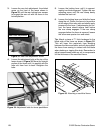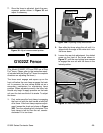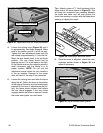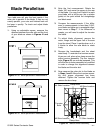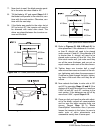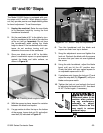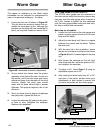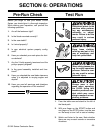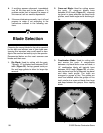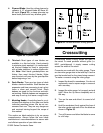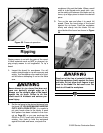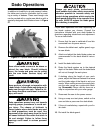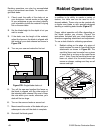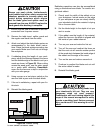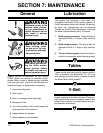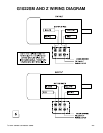
-36- G1022 Series Contractor Saws
4. If anything appears abnormal, immediately
turn off the saw and fix the problem. If a
problem exists that is beyond the scope of
this manual, call our service department.
5. If the saw is behaving normally, turn it off and
prepare to make a cut according to the
instructions outlined in the following sec-
tions.
Blade Selection
Choosing the correct blade for the job is essential
for the safe and efficient use of your table saw.
Ignoring this important step could result in dam-
age to the saw and serious injury to the operator.
Documented below are the most common saw
blades and their uses.
1. Rip Blade: Used for cutting with the grain.
Typically, 10" rip blades have between 20-40
teeth (Figure 50), flat-top ground tooth pro-
file and large gullets to allow for large chip
removal.
Figure 50. Ripping blade.
3. Combination Blade: Used for cutting with
and across the grain. A compromise
between a rip blade and a cross-cut blade, a
10" combination blade will typically have
between 40-50 teeth (Figure 52), an alter-
nate top bevel and flat or alternate top bevel
and raker tooth profile. The teeth are
arranged in groups of five. The gullets are
small and shallow within the groups of five
teeth, similar to a cross-cut blade; then large
and deep between the groups, like a ripping
blade.
Figure 52. Combination blade.
2. Cross-cut Blade: Used for cutting across
the grain. 10" cross-cut blades have
between 60-80 teeth (Figure 51), alternate
top bevel or steep alternate top bevel tooth
profiles, small hook angle and a shallow gul-
let.
Figure 51. Crosscutting blade.



